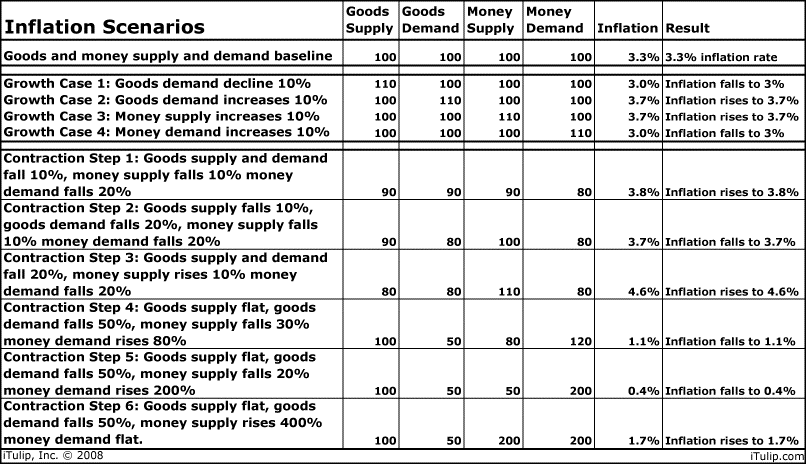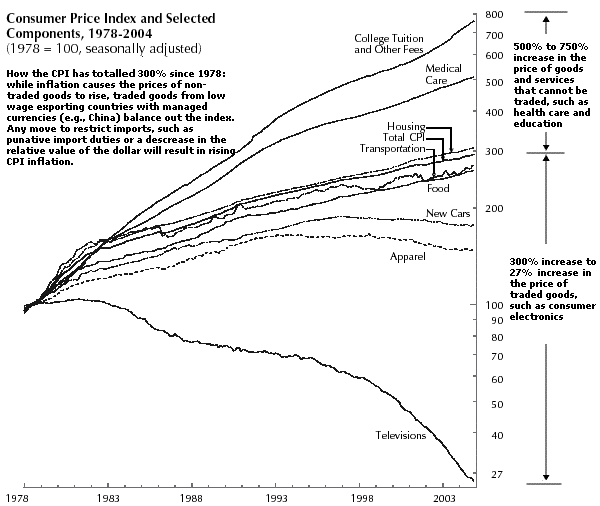Re: Deflation vs Inflation debate: Part XXXVI - Final
Forgive for me for being a bit confused about weather we are going to have a deflation or inflation.
But i think this is where mish is coming from
money=debt
debt=deflating
_______________________
money=deflating
more formally
A=B
B=C
___
A=C
if inflation is to happen then one of the premises must be incorrect. Either money does not equal debt or a debt deflation must not actually be happening. if a debt deflation is not happening then where is all the new debt being created at a rate to exceed the destruction of current debts?
P.S. sorry if it is confusing but I've had a bit of wine tonight.
Forgive for me for being a bit confused about weather we are going to have a deflation or inflation.
But i think this is where mish is coming from
money=debt
debt=deflating
_______________________
money=deflating
more formally
A=B
B=C
___
A=C
if inflation is to happen then one of the premises must be incorrect. Either money does not equal debt or a debt deflation must not actually be happening. if a debt deflation is not happening then where is all the new debt being created at a rate to exceed the destruction of current debts?
P.S. sorry if it is confusing but I've had a bit of wine tonight.


Comment